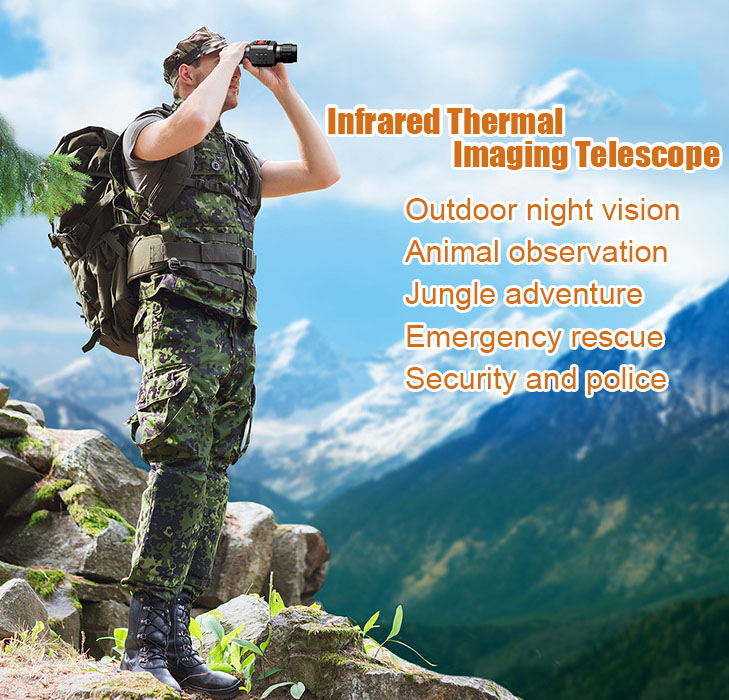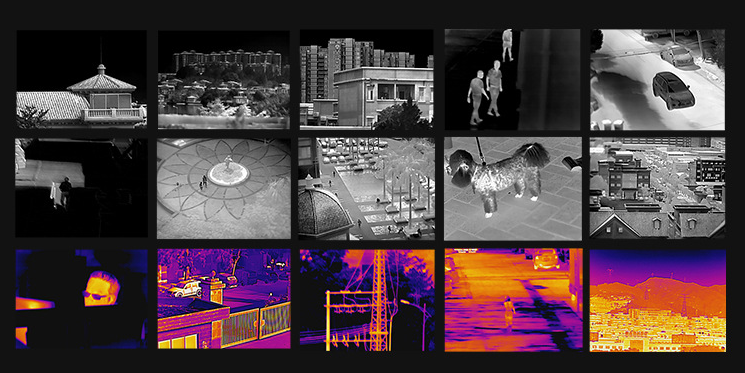The Infrared Thermal Imaging Telescope is a vital tool used by astronomers and scientists to explore the invisible world of infrared radiation. This amazing technology enables us to see through the darkness and reveal the hidden secrets of the universe.
Using infrared radiation, the telescope detects and captures images of celestial objects that emit heat and light. This includes stars, galaxies, and other cosmic phenomena that are invisible to the naked eye.

One of the most important uses of the Infrared Thermal Imaging Telescope is in the study of the birth and life cycles of stars. By analyzing the infrared radiation emitted by these celestial bodies, researchers can gain valuable insights into how they form and evolve.
In addition to studying the stars, the telescope is also used to study planets and other objects in our own solar system. By detecting the heat signatures of these bodies, scientists can learn more about their composition and surface characteristics, as well as any potential habitability.
But the Infrared Thermal Imaging Telescope isn't just limited to astronomy and space exploration. It also has practical applications in fields such as medicine, law enforcement, and building inspection.

In medicine, thermal imaging is used to detect heat patterns in the body, which can be a sign of disease or injury. For example, it is commonly used to diagnose breast cancer by detecting changes in the temperature of the breast tissue.
In law enforcement and search and rescue operations, thermal imaging can help locate missing persons and fugitives by detecting their body heat.

And in building inspection, thermal imaging can detect areas of heat loss, which can help identify problem areas in a building's insulation and other systems.
The Infrared Thermal Imaging Telescope has truly revolutionized the way we study and explore the world around us. By providing unprecedented views of the invisible and unknown, it has opened up new avenues for scientific discovery and practical applications alike.


